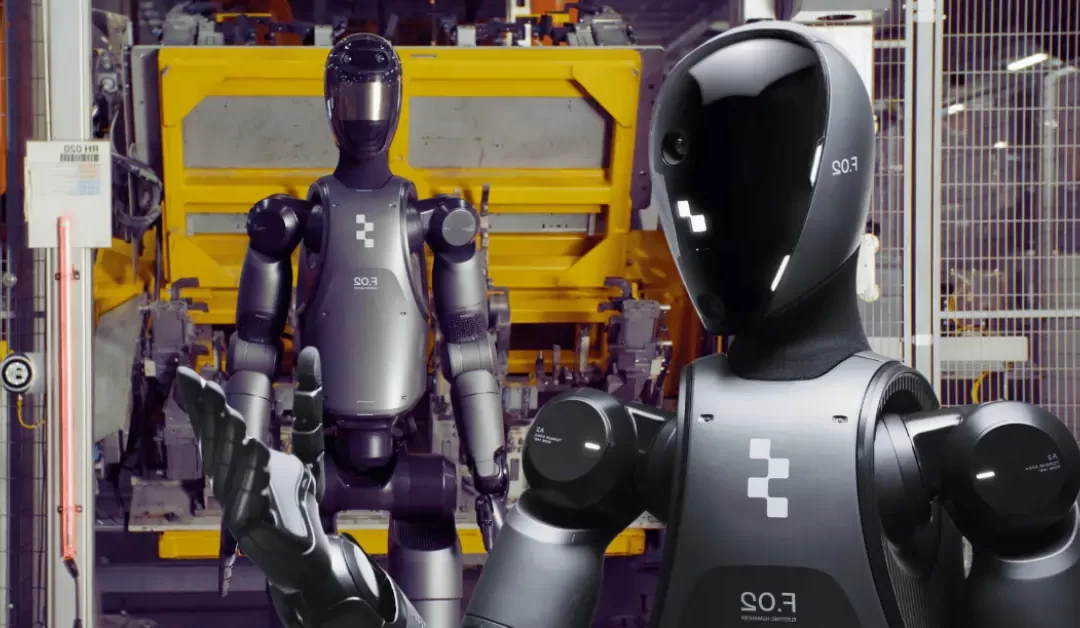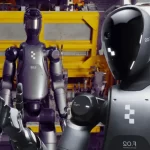Figure founder and CEO Brett Adcock has unveiled a groundbreaking machine learning model for humanoid robots. This announcement comes just two weeks after the company decided to move away from an OpenAI collaboration, shifting its focus toward independent advancements in robotics. The latest development centers around Helix, a “generalist” Vision-Language-Action (VLA) model that aims to revolutionize the way robots interact with their environments.
The Rise of Vision-Language-Action (VLA) Models
VLAs are an emerging innovation in robotics, designed to merge visual data and language processing for real-time decision-making. One of the most well-known examples is Google DeepMind’s RT-2, which utilizes video-based training and large language models (LLMs) to enhance robotic capabilities. Helix operates in a similar way, allowing humanoid robots to process both visual inputs and voice commands to perform tasks efficiently.
According to Figure, “Helix displays strong object generalization, enabling it to pick up thousands of novel household items with varying shapes, sizes, colors, and material properties never encountered before in training, simply by using natural language instructions.” This is a significant leap in AI-powered robotics, as it brings us closer to a future where robots can seamlessly integrate into everyday life.
Transforming Voice Commands into Actions
In an ideal scenario, a robot should be able to execute tasks based on simple verbal commands, and Helix is designed to bridge that gap. By processing natural language voice prompts, the robot assesses its surroundings and acts accordingly. For example, users could say, “Hand the bag of cookies to the robot on your right,” or “Receive the bag of cookies from the robot on your left and place it in the open drawer.”
Notably, Helix is capable of managing two robots simultaneously, enabling collaborative household assistance. This feature is particularly useful for complex tasks requiring coordination, making it a potential game-changer in home automation. The announcement has sparked interest in the robotics community and has also gained attention in technology news today due to its potential impact on AI-driven automation.
Overcoming Home Environment Challenges
Household settings are notoriously difficult for robots to navigate due to their unpredictability. Unlike structured environments such as warehouses and factories, homes vary significantly in layout, lighting, and organization. This variability presents a major challenge for robotic training and control, further complicated by the high costs associated with humanoid robots.
Historically, most robotics companies have prioritized industrial applications over home use, focusing on refining their technology in controlled environments before transitioning to residential settings. However, with the introduction of Helix, Figure is making it clear that home automation deserves equal attention.
“For robots to be useful in households, they will need to be capable of generating intelligent new behaviors on demand, especially for objects they’ve never seen before,” Figure states. “Teaching robots even a single new behavior currently requires substantial human effort—either hours of PhD-level expert manual programming or thousands of demonstrations.”
The Limitations of Manual Programming
Manually programming robots to function effectively in homes is not scalable due to the vast number of unknown variables. Each household differs in layout, furniture arrangement, and available tools. Additionally, human habits introduce further unpredictability—messy spaces, changed furniture placements, and fluctuating lighting conditions all impact robotic efficiency.
Given these challenges, extensive training is the only viable approach. Many robotic arms designed for industrial use rely on thousands of training cycles to perfect simple tasks. In the case of humanoid robots, the process is even more complex. A robot must repeatedly practice picking up an object before it can reliably do so on its first attempt in a real-world setting.
The Road Ahead for Helix and Figure
Despite the promise of Helix, the model remains in the early stages of development. The polished demonstration videos seen in Figure’s latest news release only scratch the surface of the extensive work happening behind the scenes. The company is actively seeking top-tier engineers to further refine Helix and expand its capabilities.
As humanoid robots move closer to widespread adoption, innovations like Helix represent a crucial step toward making them practical for daily use. With advancements in VLA models, the vision of AI-powered assistants capable of performing household tasks is becoming more tangible.
For now, the robotics world eagerly awaits further updates from Figure, as this technology could redefine the future of human-robot interactions. Stay tuned for more latest news on this groundbreaking development in the field of AI and automation.































